Georgia’s Rome is home to so much rich history and culture and we have a few facts that just might blow your mind!
The Town’s Name, ‘Rome’, Was Drawn From A Hat
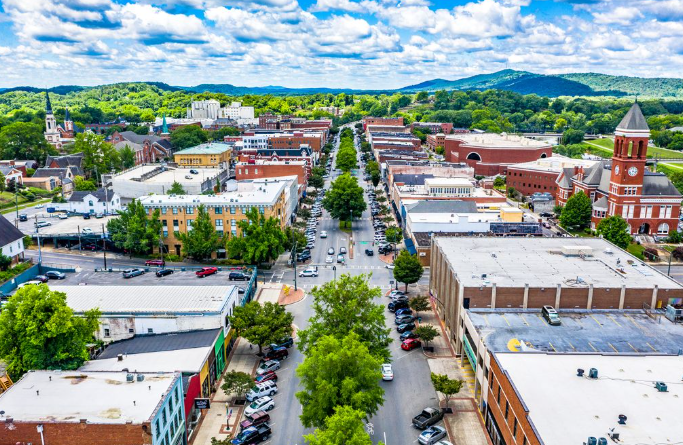
Rome, Georgia is named after Rome, Italy because of its seven hills. Although there is no documented proof, the story goes that the name was drawn from a hat when deciding the final city name.
Rome is Home To The Largest College Campus In The World
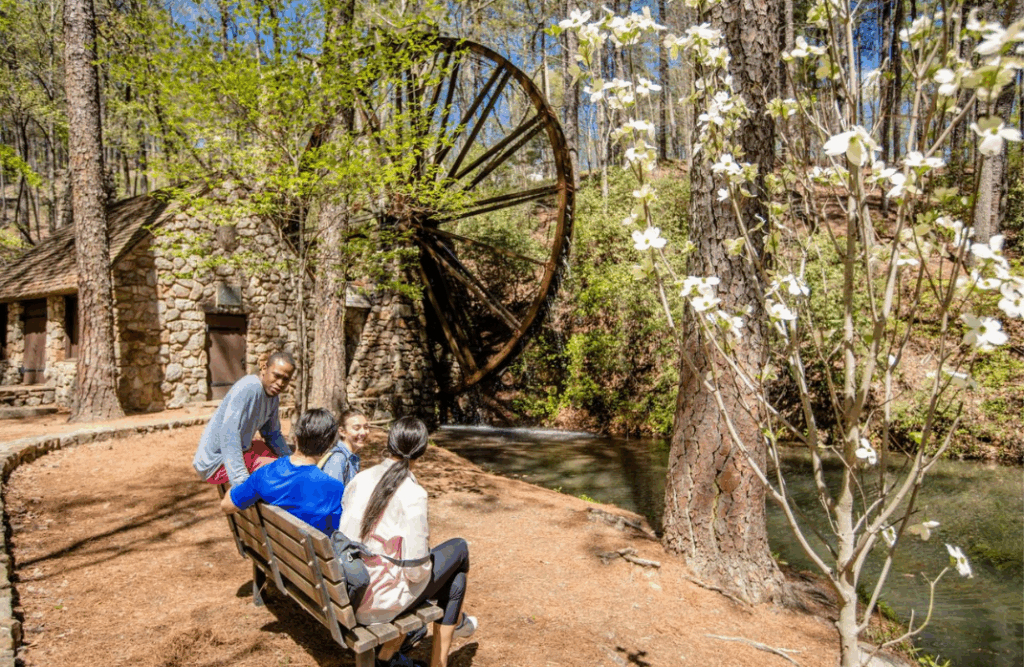
Berry College is renowned as the largest contiguous college campus in the world, spanning an impressive 27,000 acres. Open to the public, the campus welcomes visitors year-round. Among its many attractions is one of the largest wooden overshot waterwheels in the world. Visitors love the scenic vistas, wildlife and historic architecture. Learn more
Rome Has The Largest Victorian Era District in Georgia

Step into Rome, Georgia’s past by exploring the Between the Rivers Historic District, celebrated as the largest intact Victorian-era district in the entire state. This area, located where the Etowah and Oostanaula rivers converge, showcases the city’s remarkable rebirth after the Civil War. Its main thoroughfare, the historically wide Broad Street, is lined with beautifully preserved Victorian commercial buildings featuring ornate brickwork and decorative details from the late 19th and early 20th centuries. Keeping watch over the district is the iconic 1872 City Clocktower, which originally served a vital function as the city’s water reservoir. Today, visitors can walk the streets to appreciate the unique architectural history while enjoying a vibrant, walkable downtown full of local boutiques, restaurants, and cultural landmarks. Learn More
The City of Rome Goes Out of Their Way to Protect Its Natural Resources
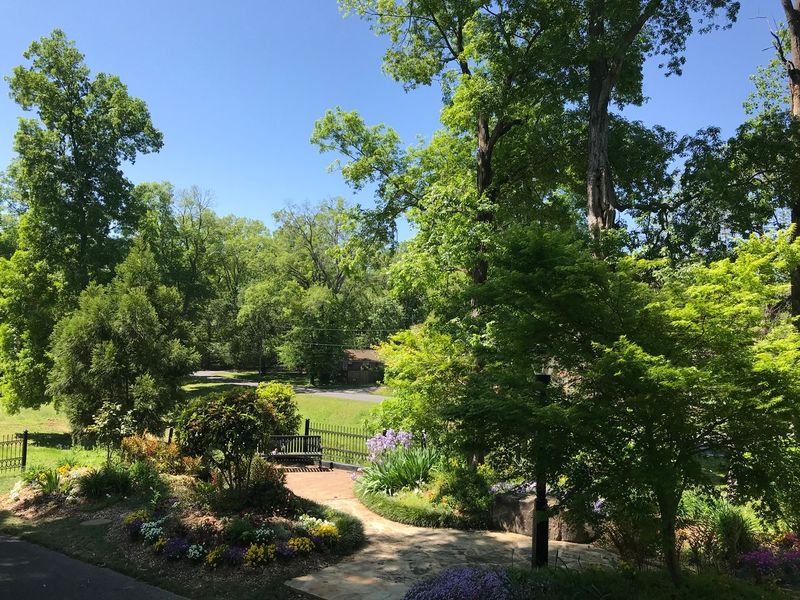
Rome is home to 16 public gardens, including five dedicated pollinator gardens. The city has been recognized as a Bee City USA for its efforts in promoting pollinator habitats, and as a Tree City USA—an honor it has held for over 30 years—thanks to its ongoing commitment to protecting urban trees. Nature lovers can explore over 35 different tree species on the Tree Tour at Historic Myrtle Hill Cemetery. Be sure to visit the Rome-Floyd ECO Center, where guests can view live animals and learn about local ecology—admission is free for all! Golf enthusiasts will also enjoy Stonebridge Golf Course, Rome’s public golf course and a Certified Audubon Cooperative Sanctuary, recognized for its dedication to environmental stewardship and sustainable management. Learn More
Rome Was Once Known as the Stove Center of the South
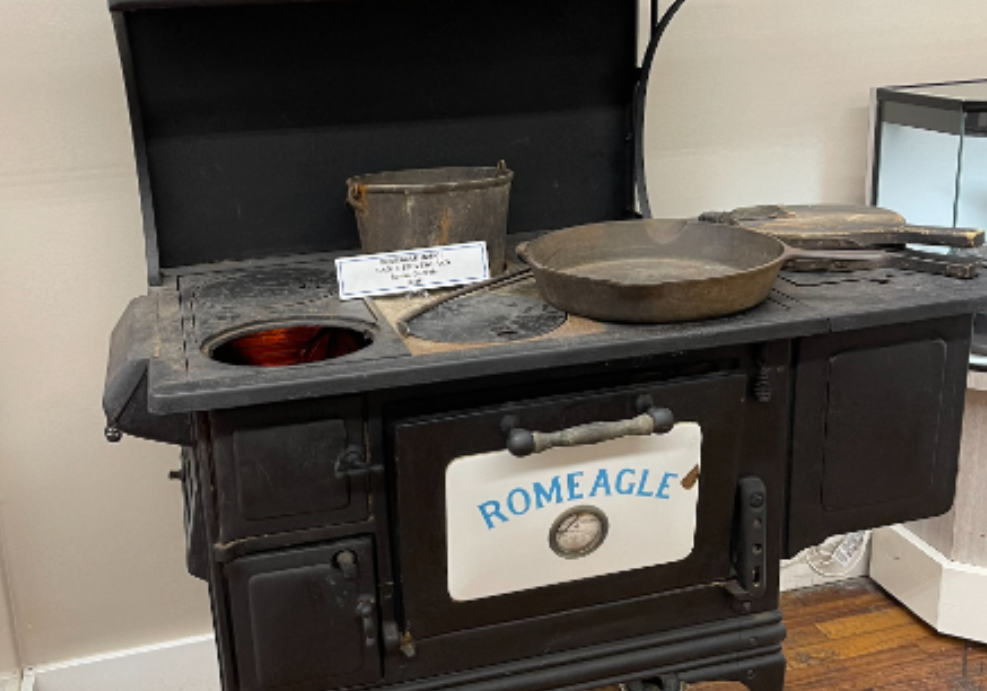
At one time, Floyd County was home to five stove foundries. Rome was the second highest stove manufacturer in the United States, behind Cincinnati, Ohio. The Rome Area History Center has one of the stoves on exhibit with information about industries popular throughout Rome’s history. Admission to the center is free. Learn More
Ellen Axson Wilson, First Lady of the United States, is Buried in Rome
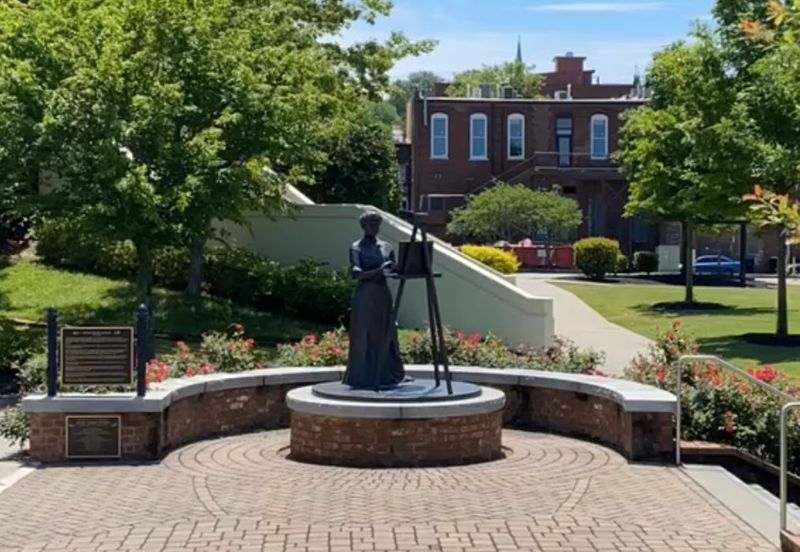
Ellen Axson Wilson was the first wife of Woodrow Wilson, the 28th President of the United States. She served as First Lady from his inauguration in 1913 until her death in 1914. A native of Rome, Ellen Axson Wilson is buried at Myrtle Hill Cemetery. A statue honoring her stands at the east end of the Chief John Ross Memorial Bridge. This statue, along with other historic markers, can be explored as part of a the Historic Markers Tour. Learn More
The Clocktower Was Originally a Water Tower

The iconic Rome Clocktower was originally constructed as a water tower in 1870 by the Noble family. Designed to enhance the city’s water supply for firefighting efforts, the tower held 250,000 gallons of water and stands 104 feet tall. You can learn more about its history—and even climb to the top during tour season for the Clocktower. Learn More
A Roman Invented Coca-Cola

Dr. John Pemberton, a native of Rome, created a beverage originally known as Pemberton’s French Wine Coca—the precursor to what would later become Coca-Cola. The rights to Coca-Cola were eventually sold to Asa Candler, who helped turn it into a global brand. The image to the right features a vibrant Coca-Cola mural located in Downtown Rome. Georgia’s Rome is home to many impressive murals—be sure to explore them all! Learn More
Floyd County Features a Cave That Was Created Over 300,000 Years Ago

Just a short drive from Rome, Cave Spring’s namesake cave is a fun, family-friendly attraction. The cave stays at a refreshingly cool temperature year-round and features a natural spring that pumps crystal-clear water—don’t forget to bring a jug so you can take some home! Learn More
Part of Broad Street Used to Be a Horse Track

At one time, Broad Street was home to a horse track. The track ran from 3rd Avenue down to the river. Stands of the track stood on the East side of Broad and faced the West side. The track was owned and operated by two founders of Rome. Broad Street also used to end at 4th Avenue. The street was then developed down to 3rd Avenue and 2nd Avenue. The Cotton Block was developed after the Civil War, making the 100 Block the youngest block on Broad (but many locals think it’s the oldest block). Rome has so much history and heritage to explore. Learn More

